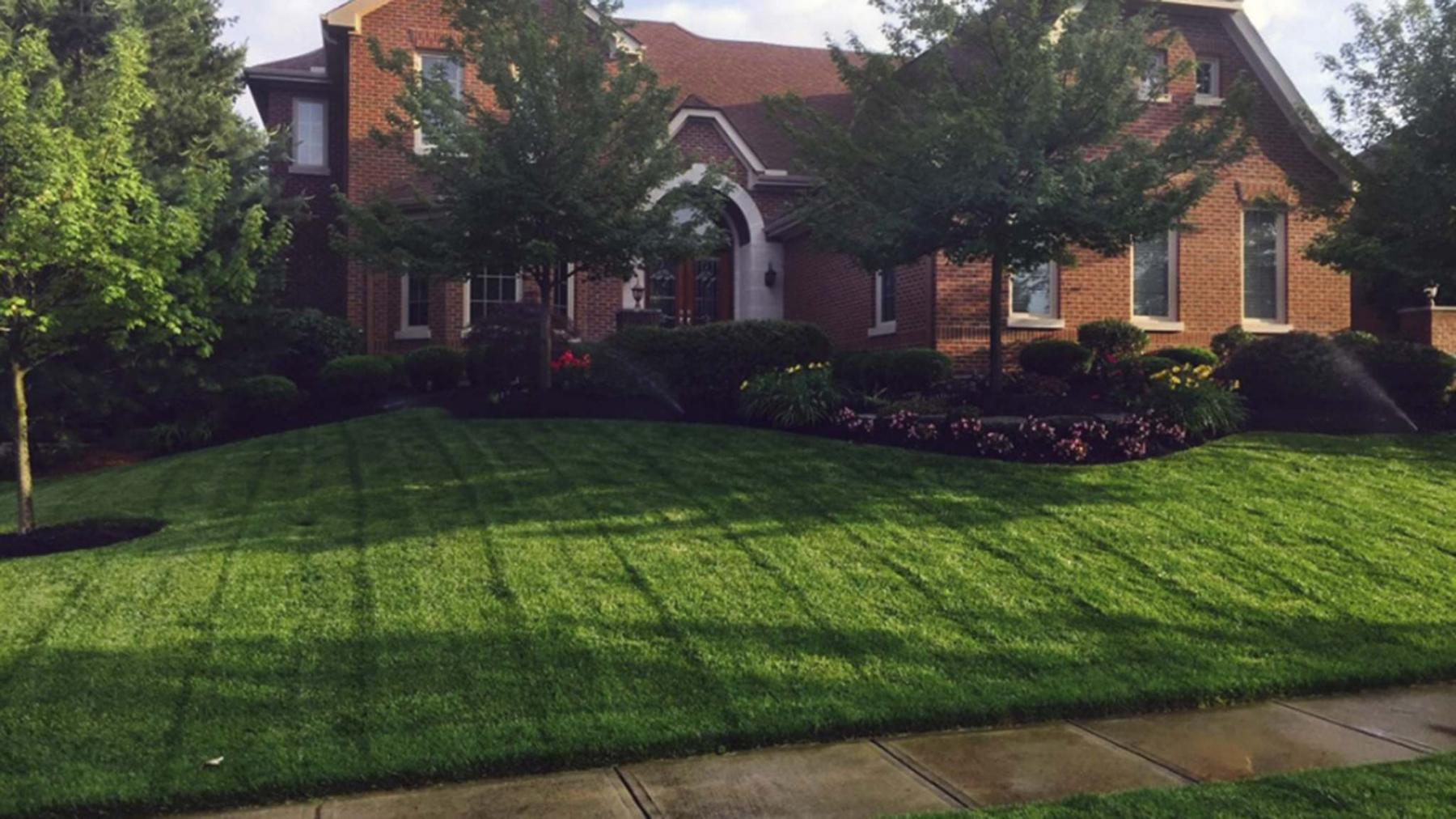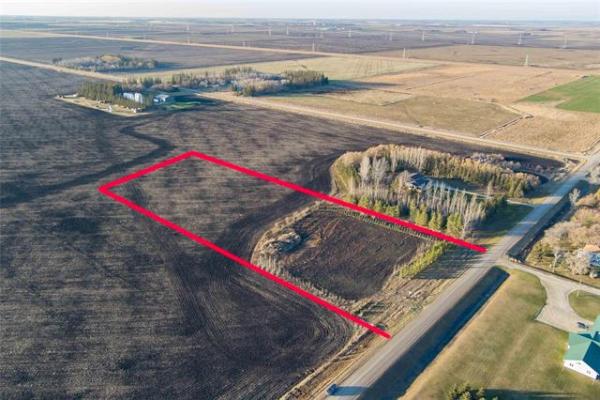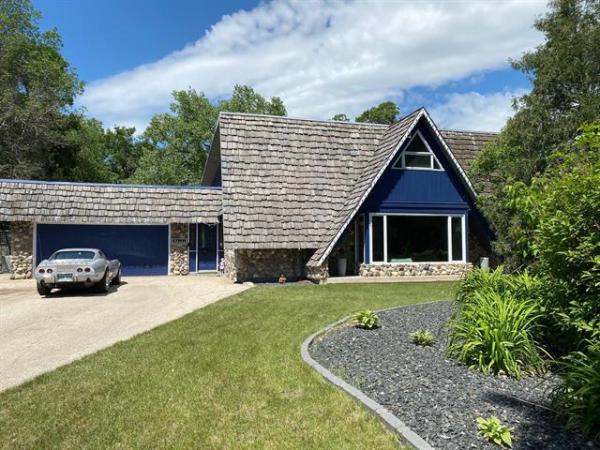Question: As a Free Press subscriber and an avid reader of your column, I find myself finally feeling the need to appeal to your wisdom and guidance on what afflicts my lawn. Over the past 10-15 years, we have had to redo the lawn several times. We tried reseeding sections at a time and applying fresh sod, but none of that worked. One year our order of several yards of soil came complete with many ants and ant eggs.
Finally, we bit the bullet and paid several thousand dollars in 2016 to a so-called landscaping company with their minimal equipment and had the lawn completely redone. They laid sod and it looked lush and green for that year and the next. But, in 2018, we began to notice several sections dying off. We suspected that it was the fertilizers and weed killers by the annual weed programs we paid for to a different company.
In 2019 we decided to redo the lawn with bags of premium soil to avoid ants. We achieved great results by August and September 2019. In 2020 we had to redo it again. Given the great expense of the bags of soil, we succumbed and bought three yards of four-way mix. Luckily no ants. We researched YouTube and learned that our situation could be snow mould. We learned to apply starter fertilizer in conjunction with seeding. This was going to be it. Again, within weeks our lawn became green. Neighbours noticed how our research and hard work paid off. We continued with the weed maintenance program, but we also did an extra step. For the first time, we applied fall fertilizer. We bought the Scott spreader, instead of spreading by gloved hands. We wanted to protect our investment and hard work, but also maximize success for 2021.
In 2021, to our chagrin, in spite of the extraordinary efforts, our lawn is on track to be redone for the third time in three years. The fourth time since the professional landscaping, and the sixth or seventh time in 15 years. Upon further research on YouTube, it is possible that our lawn is affected by chinch bugs. So, we did the chinch bug test a week ago. None.
Before we set off on another season of back-breaking work, (I am now over 80), I am sincerely appealing with a desperate plea to your expertise and wisdom. What can my family and I do to landscape our lawn in such a way that the annual agony of having to redo our lawn may be substituted by finally getting to sit on a lawn chair to enjoy, instead of toil. What is wrong?
Yours sincerely, David.
Answer: The answer to a nice, weed-free green lawn is unfortunately not one that I personally recommend, and is also not a true maintenance concern from a home inspector’s perspective. A healthy lawn may help maintain proper grading and prevent soil erosion, but so will other vegetation. Whether it is green and weed free, or mottled and full of other vegetation, keeping the soil moisture at a good level is the key to minimizing problems with foundation settlement or leakage.
The simple answer to maintaining a green and weed-free lawn is to use lots of two items, water and chemicals. Most homeowners with grass that looks like carpeting normally treat it with chemical fertilizers, pesticides, and weed killers. These are normally available at home centres and landscape supply stores for self-application, but some weed chemicals may not be available for cosmetic use in certain jurisdictions. Many other homeowners choose to hire landscapers or other companies to apply these products, often in liquid form, several times a year.
My own personal view of paying significant amounts of money each year for chemical applications, just for green grass, is ridiculous. Fertilizers certainly work, but I am concerned about the amount of these chemicals that are ending up in our ground water, rivers and lakes. The runoff from lawns and agricultural lands is causing a significant issue with nutrient loading in our waterways, particularly Lake Winnipeg. I choose not to use these products to do my part in reducing the environmental impact, even in a very small way. Weed killers and pesticides may be even worse, as repeated use is necessary to prevent a reoccurrence each year. Most weeds are naturally occurring vegetation, which may continue to grow, as airborne seeds spread and roots may not be totally neutralized by chemical use. Many weeds can be manually removed, with a trowel or special weed removal tool, if desired.
The most important component for healthy vegetation, of any kind, is adequate water. Most soil will contain enough minerals and nutrients for healthy plant growth, but not if it is too dry. Having large trees and shrubs may also make growing grass more difficult, as they will suck up the majority of precipitation for some distance away. The reason your lawn efforts may continue to fail is because we have not had normal rain or snowfall for several years. We are in the middle of an extended drought, especially the previous few summers, where regular evening thundershowers seem to dissipate before unleashing much moisture. Just look at the current water level of our two rivers. So, forget the constant use of chemicals, which don’t seem to be working for you, and water around your house and yard every couple of days, if it remains this dry. Filling in bare spots with soil and seed, and lots of water, should ensure the soil maintains adequate moisture levels to keep your vegetation from dying.
The desire for a lush, green, weed-free lawn is not an important aspect of home maintenance, but one which many homeowners have grown up with. It is not necessary for any aspect of your home, except that healthy vegetation will help prevent soil erosion and foundation issues. Regular watering of all vegetation around your home and yard should be the key to success, if recent dry weather patterns continue.
Ari Marantz is the owner of Trained Eye Home Inspection Ltd. and the past president of the Canadian Association of Home & Property Inspectors — Manitoba (cahpi.mb.ca). Questions can be emailed to the address below. Ari can be reached at 204-291-5358 or check out his website at trainedeye.ca.
trainedeye@iname.com




